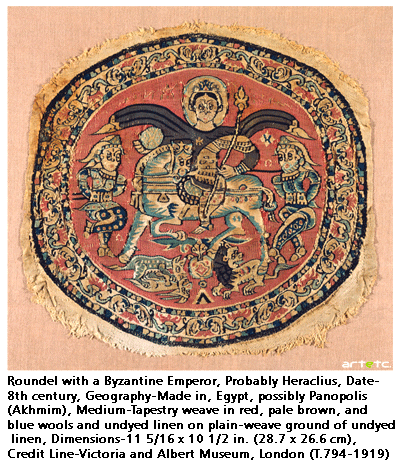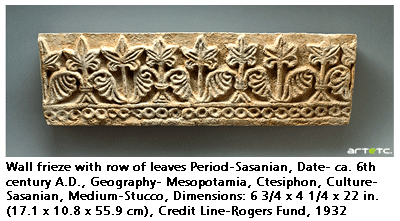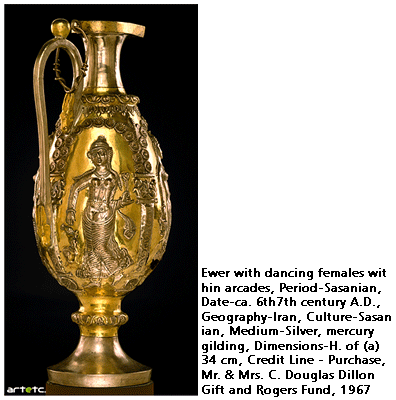- Publisher's Note
- Editorial
- Jogen Chowdhury: Maestro par Excellence
- Company School Paintings of Calcutta, Murshidabad, Patna (1750-1850): Doctoral Thesis of Late Dipak Bhattacharya (1960-2007)
- Kalighat Pat, a Protomodern Art Tradition?
- Academic Naturalism in Art of Bengal: The First Phase of Modernity
- Under the Banyan Tree - The Woodcut Prints of 19th Century Calcutta
- The Arabian Nights and the Web of Stories
- Gaganendranath Tagore's Satirical Drawings and Caricatures
- Gaganendranath's Moments with Cubism: Anxiety of Influence
- Abanindranath as Teacher: Many Moods, Some Recollections
- Atul Bose: A Short Evaluation
- J.P. Gangooly: Landscapes on Canvas
- Defined by Absence: Hemen Majumdar's Women
- Indra Dugar: A Profile of a Painter
- The Discreet Charm of Fluid Lines!
- Delightful Dots and Dazzling Environments: Kusama's Obsessive Neurosis
- Peaceful be Your Return O Lovely Bird, from Warm Lands Back to My Window
- Shunya: A Beginning from a Point of Neutrality
- The Tagore Phenomenon, Revisited
- The Bowl, Flat and Dynamic Architecture of the BMW Museum
- Baccarat Paperweights: Handmade to Perfection
- Byzantium and Islam: Age of Transition at the Metropolitan Museum of Art
- Outstanding Egyptian Art at the Metropolitan Museum of Art
- Retrospective of Wu Guanzhong at the Asia Society Museum
- Masterpieces from India's Late Mughal Period at the Asia Society Museum
- The Dhaka Art Summit: Emergence of Experimental Art Forms
- Many Moods of Eberhard Havekost
- Random Strokes
- Is it Putin or the Whole Russian State?
- The Onus Lies With Young India
- What Happened and What's Forthcoming
- Preview May, 2012 – June, 2012
- In the News, May 2012
- Art Events Kolkata, April – May 2012
- Mumbai Art Sighting
- Delhi Dias
- Art Bengaluru
- Musings from Chennai
- Cover
ART news & views
Byzantium and Islam: Age of Transition at the Metropolitan Museum of Art
Issue No: 29 Month: 6 Year: 2012

New York. The Metropolitan Museum of Art is exhibiting Byzantium and Islam: Age of Transition based on various themes like Byzantium's Southern provinces, orthodox Christianity. Syriac Christianity, Coptic Christianity, Judaism, pilgrimage, iconoclasm, commerce, silks, dress, trade goods, palaces and princely life and Islamic religious works. The exhibition started on March 14 and will continue till July 8, 2012.
 As the seventh century started, vast territories extending from Syria to Egypt and across North Africa were ruled by the Byzantine Empire from its capital, Constantinople (modern Istanbul). These southern provinces were home to Orthodox, Coptic, and Syriac Christians, Jewish communities, and others who were long influenced by Greco-Roman traditions, critical to the wealth and power of the empire. Great pilgrimage centers attracted people from far off places like Yemen in the east and Scandinavia in the west. Major trade routes reached eastward down the Red Sea past Jordan to India in the south, bringing silks and ivories to the imperial territories. Major cities made wealthy by commerce extended along inland trade routes north to Constantinople and along the Mediterranean coastline.
As the seventh century started, vast territories extending from Syria to Egypt and across North Africa were ruled by the Byzantine Empire from its capital, Constantinople (modern Istanbul). These southern provinces were home to Orthodox, Coptic, and Syriac Christians, Jewish communities, and others who were long influenced by Greco-Roman traditions, critical to the wealth and power of the empire. Great pilgrimage centers attracted people from far off places like Yemen in the east and Scandinavia in the west. Major trade routes reached eastward down the Red Sea past Jordan to India in the south, bringing silks and ivories to the imperial territories. Major cities made wealthy by commerce extended along inland trade routes north to Constantinople and along the Mediterranean coastline.

In the same century, from Mecca and Medina, the newly established faith of Islam emerged along the Red Sea trade route and reached westward into the empire's southern provinces. Political and religious authority was transferred from the long established Christian Byzantine Empire to the newly established Umayyad and later Abbasid Muslim dynasties. The new powers took advantage of existing traditions of the region in developing their compelling secular and religious visual identities. The Byzantium and Islam: Age of Transition follows the artistic traditions of the southern provinces of the Byzantine Empire from the seventh century to the ninth, as they were transformed from being central to the Byzantine tradition to being a critical part of the Islamic world.
Byzantium and Islam: Age of Transition has been supported by Mary and Michael Jaharis, The Stavros Niarchos Foundation, The Hagop Kevorkian Fund. Additional support has been provided by the National Endowment for the Arts. The exhibition is supported by an indemnity from the Federal Council on the Arts and the Humanities.